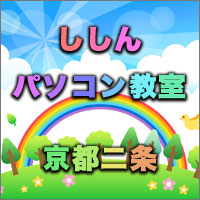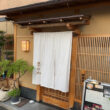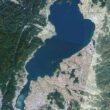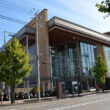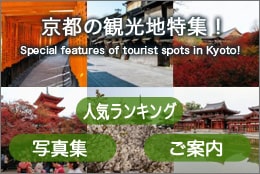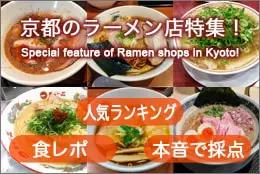“Dontuki”, “Hasukai”, “Hasumukai”
Posted date:2021-12-06Author:くらま天狗(Kurama Tengu) Transrator:ポンタ(Ponta)
Category:Kyoto Dialect
広告
adsense4
There are words, “Dontuki”, “Hasukai”, “Hasumukai” among the words we are often told when we ask the direction in Kyoto.
“Dontuki”
“Dontuki” is the meaning end of street after all.
It’s like the nuance that coming to the end of a street, “Don”.
“Hasukai”
Streets in Kyoto are basically straight, either east-west or north-south, like a grid, but in some places, there are streets facing diagonally to the east, west, south, and north. When indicating such roads, they say go diagonally.
“Hasumukai”
As for Hasumukai, there are many cases where it indicates the building diagonally across the road.
adsense2
I think you might think “what?” when you ask the direction to Kyoto people.
It might be helpful for you if you remember the meaning of Kyoto languages.
On the contrary, as Kyoto people are living taking it for granted that roads run straight east-west or north-south, they would get lost when they went out to other prefectures.
Kyoto’s unique flexibility is not available elsewhere that “You failed to turn at Marutamachi. Then you can turn at Imadegawa”.
A grid of streets is something that is very convenient.
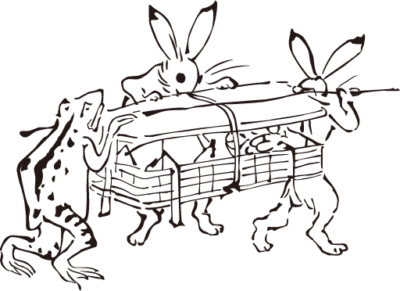
Author
くらま天狗(Kurama Tengu)
Born and raised in Kyoto.
I like B-class gourmet food, and my favorite is Tenkaippin Ramen. (^o^)
I am good at making homepages and many other things.
